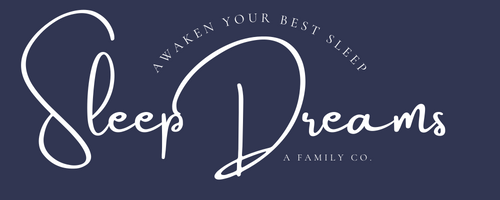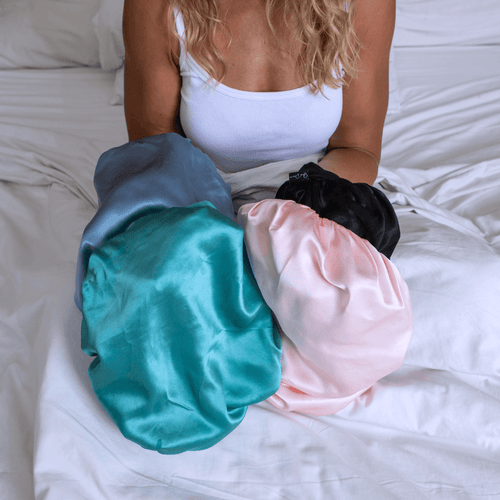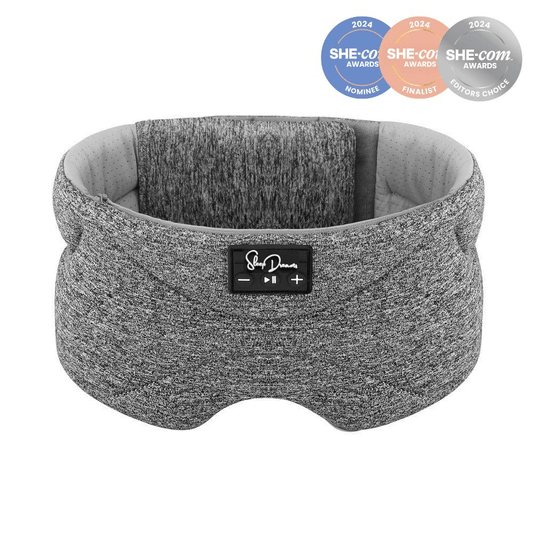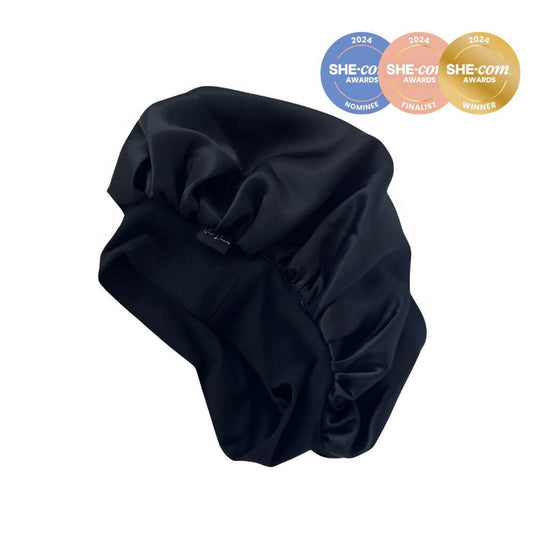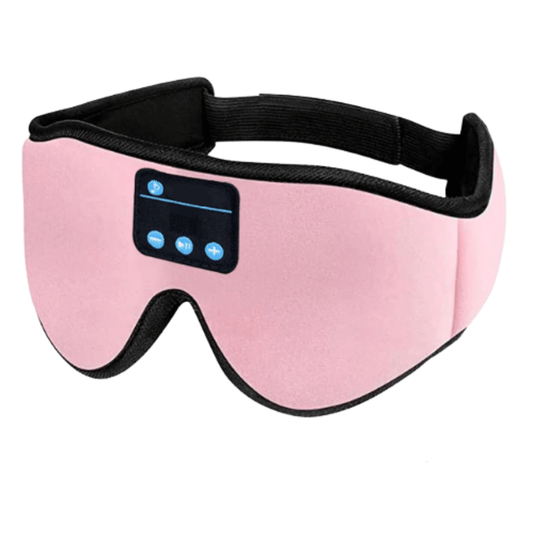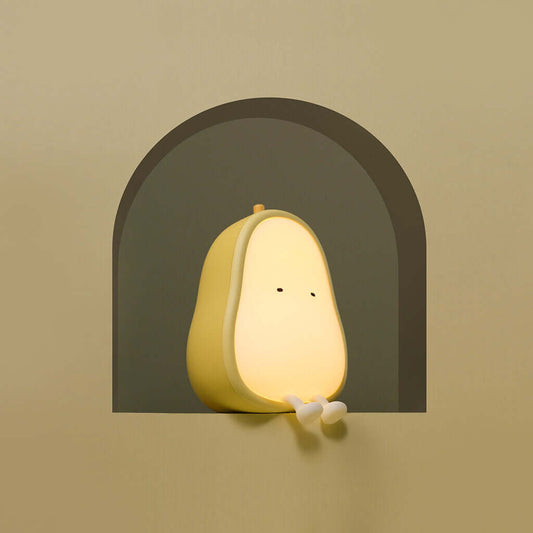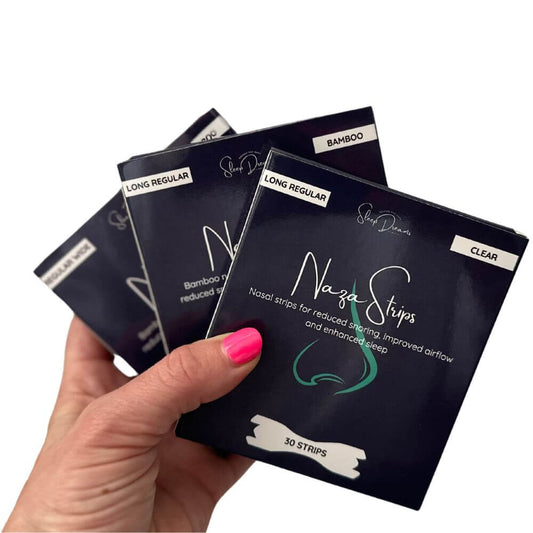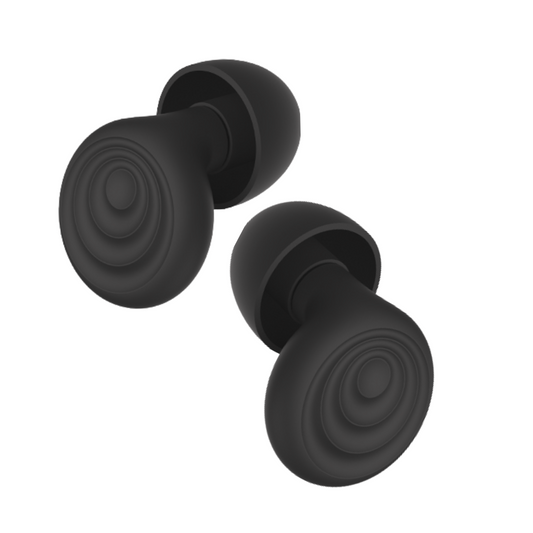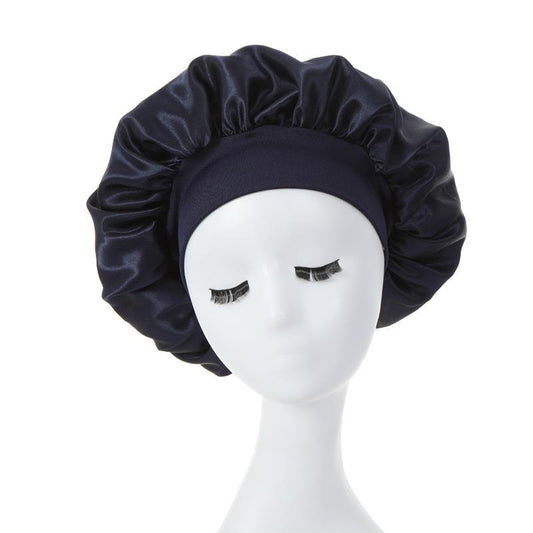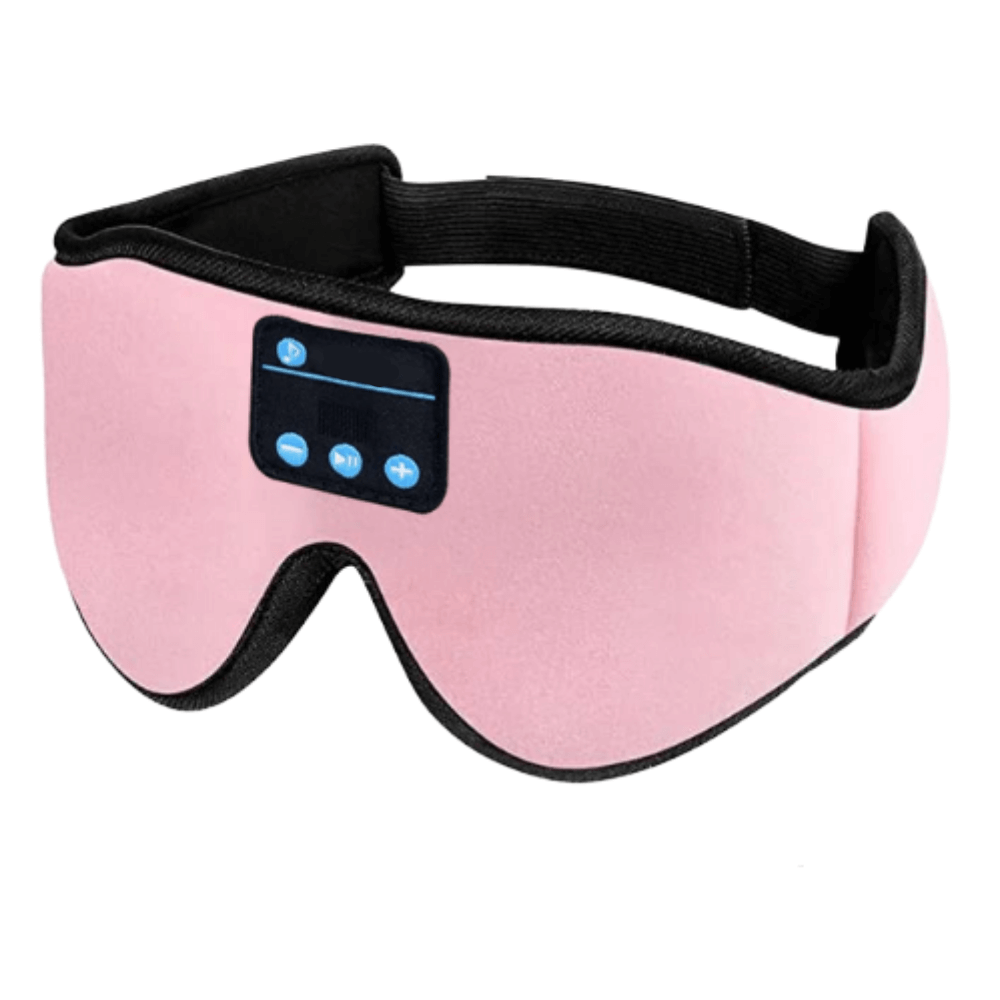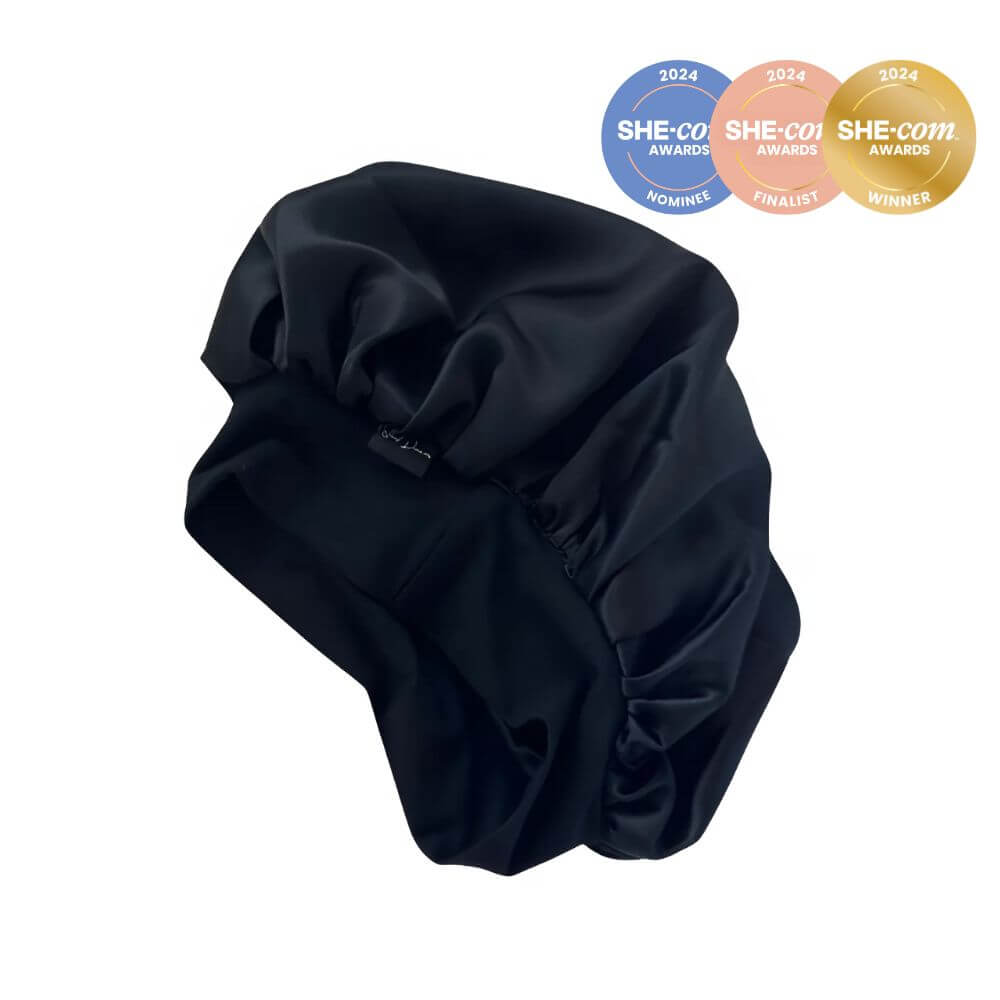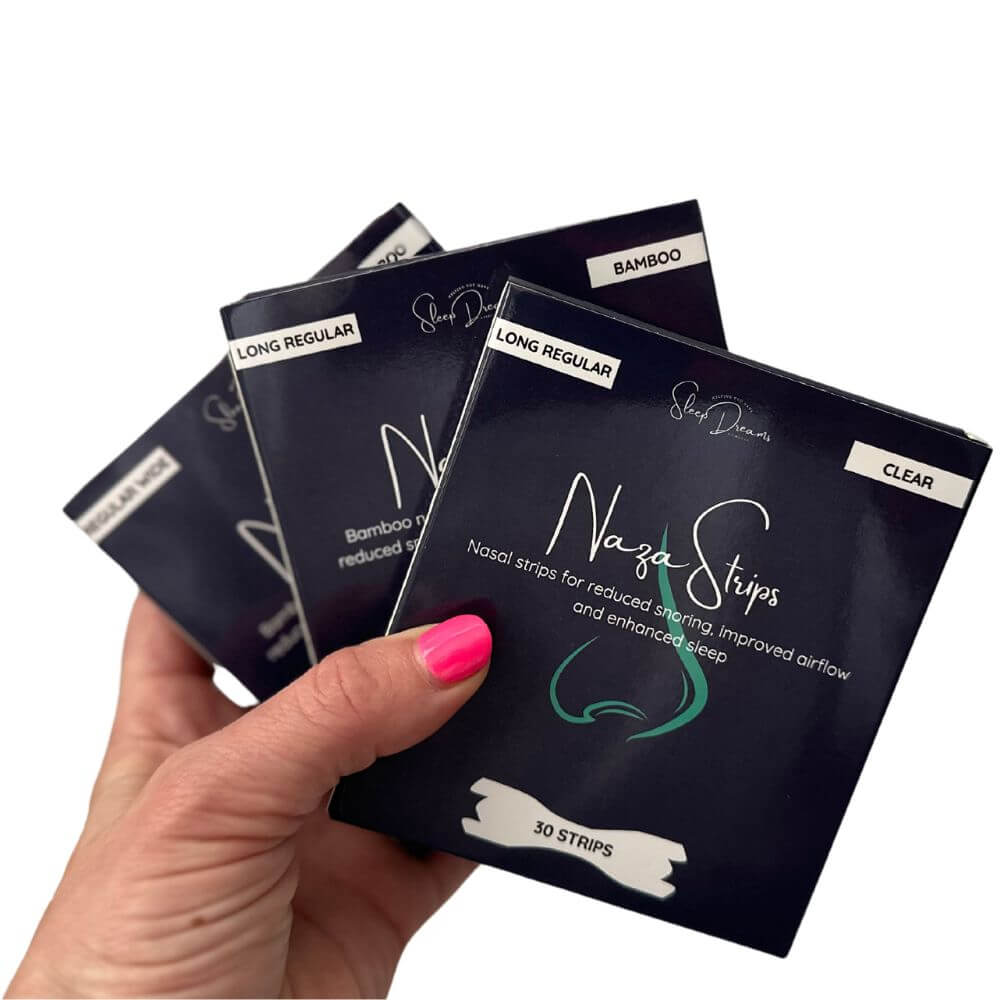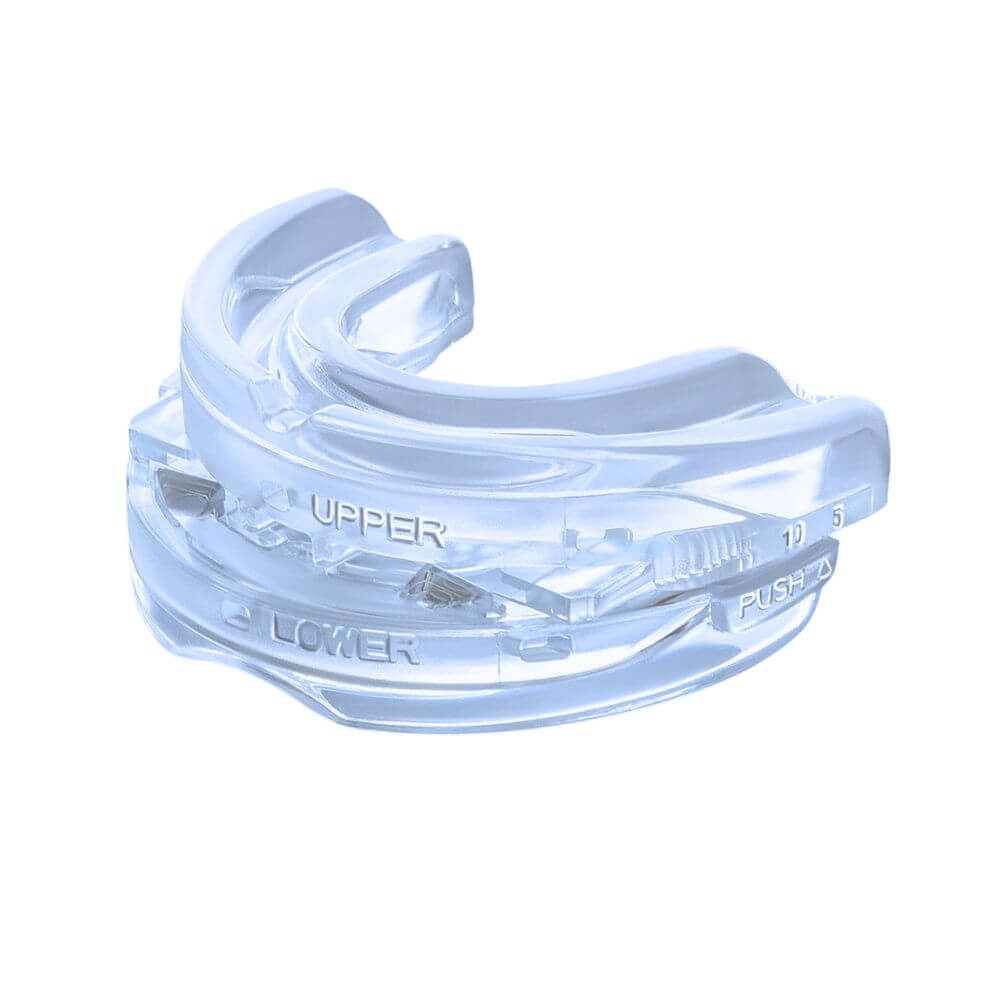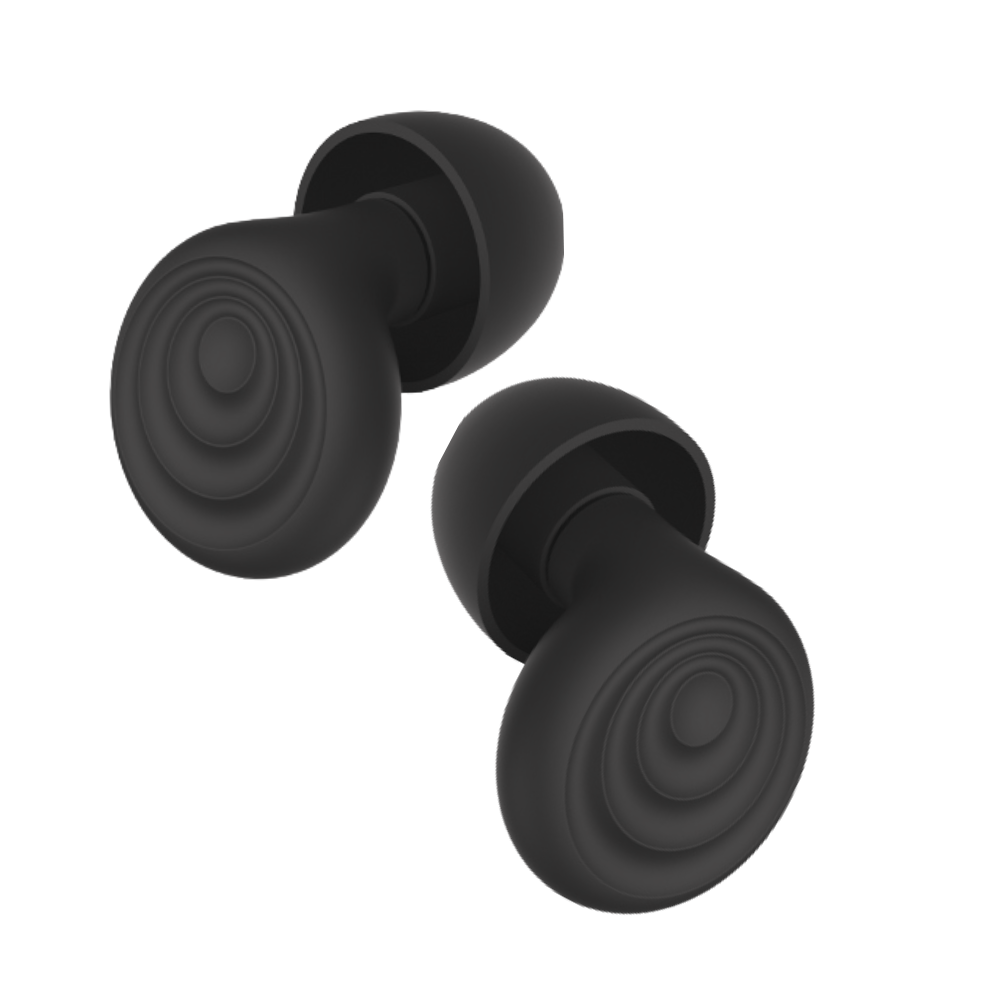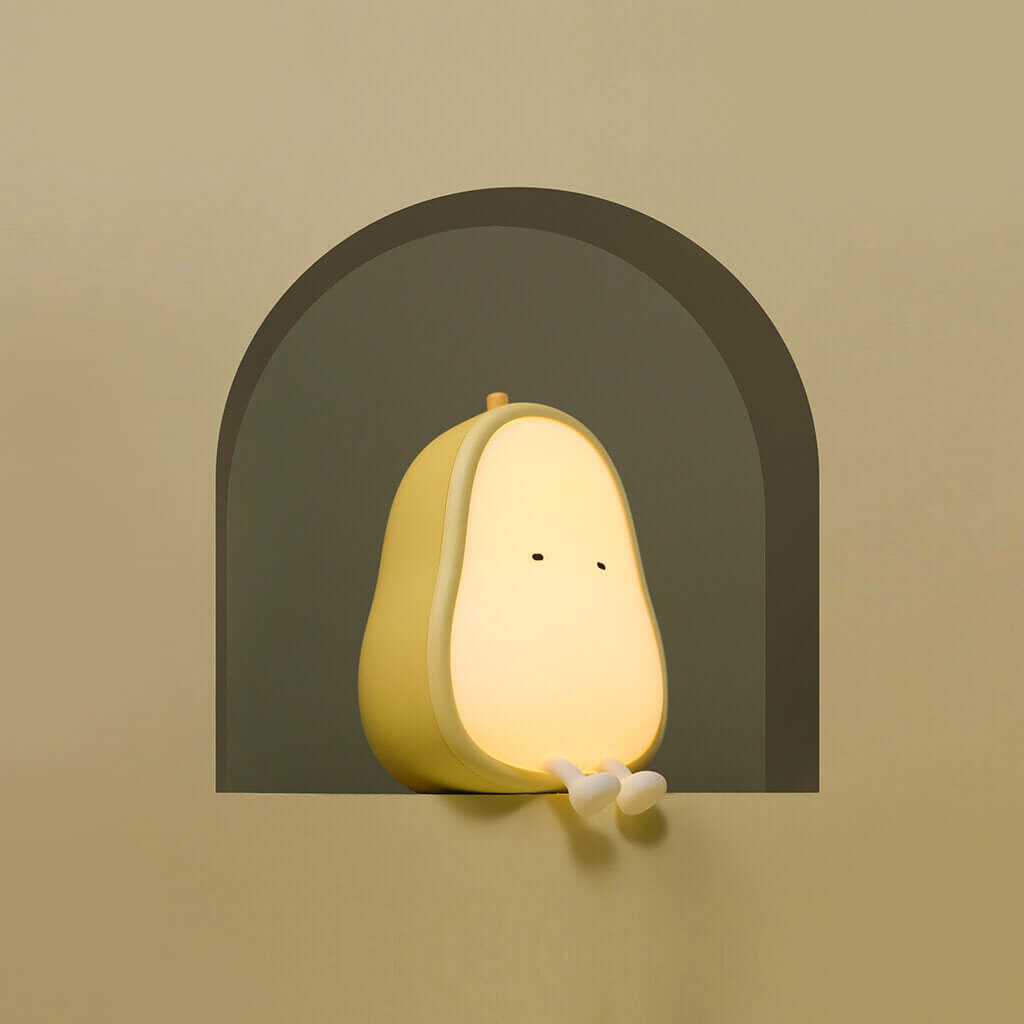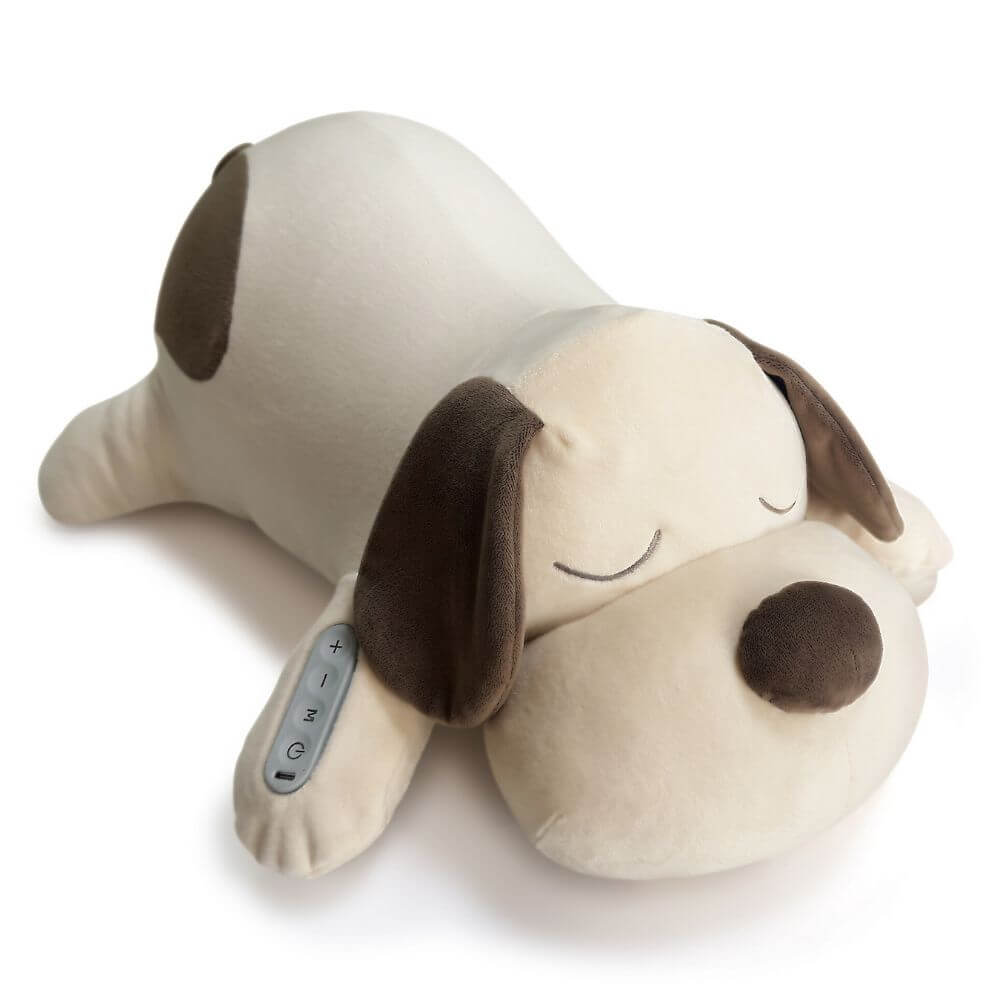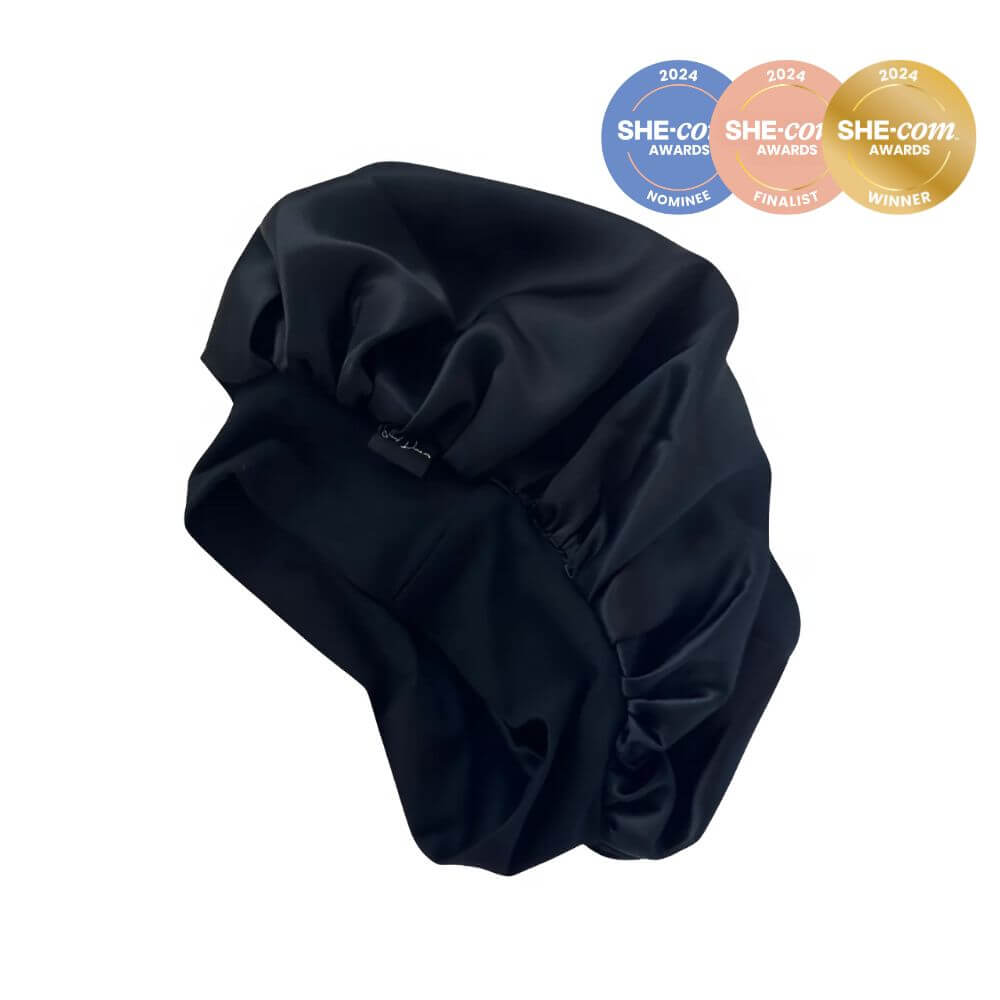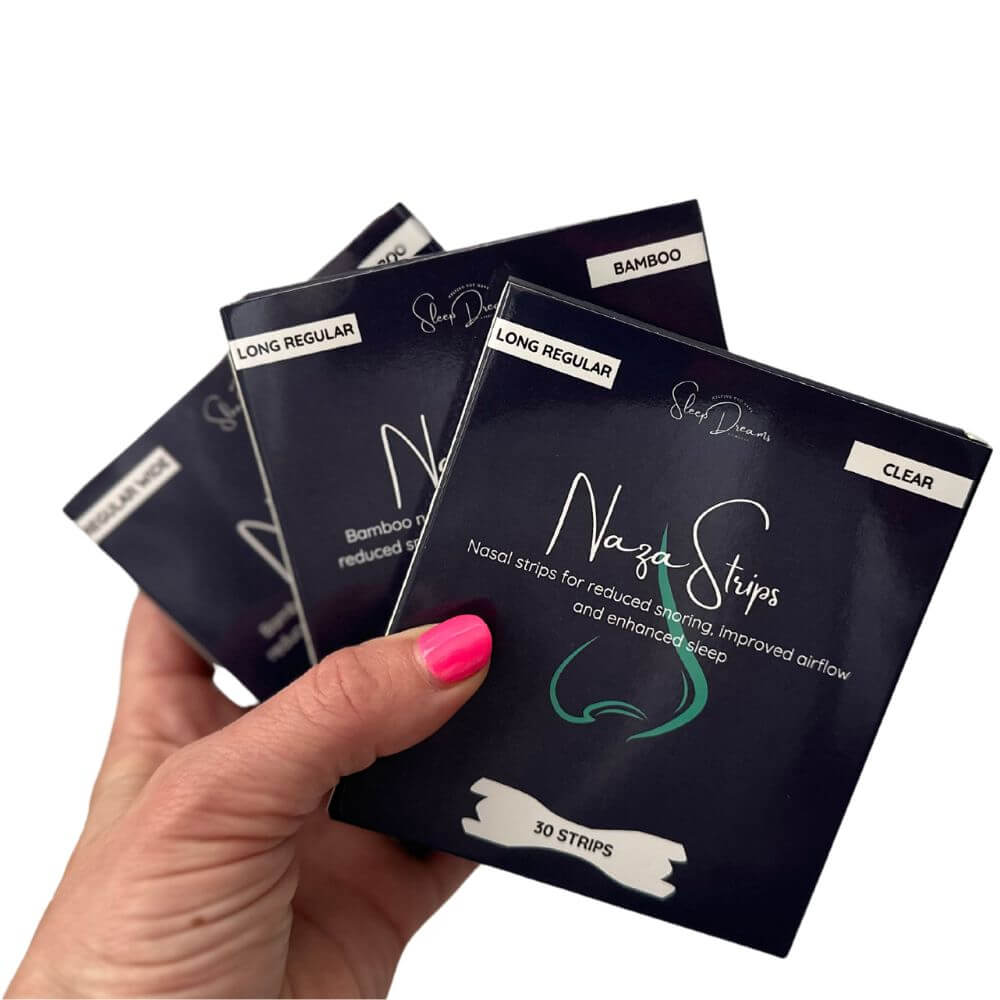Have you ever wondered what the best colour to use for a night light is? If you're looking for a night light that promotes sleep, you might be surprised to learn that not all colours are created equal. Read on to find out more about the history of night lights and the science behind the best colours to use for a good night's sleep.

The History of Night Lights
Night lights have been used for centuries as a way to ward off evil spirits and provide a sense of safety in the darkness. In more recent years, however, they've become popular as a means to promote better sleep. So, how did we go from using night lights to ward off evil spirits to using them to get a good night's sleep? Let's take a look.
Early Uses of Night Lights
Night lights were first used by the ancient Greeks and Romans, who would place them outside their homes to guide the way for their guests. Later on, during the Middle Ages, candles were placed in windows or on ledges inside homes as a sign of welcome. In some cases, religious symbols were also placed in windows as a way to ward off evil spirits. It wasn't until the 19th century that night lights began to be used inside homes on a regular basis.
The Invention of Electric Lights
The invention of the electric light bulb in 1879 changed everything when it came to lighting our homes at night. These newfangled bulbs were far brighter and more efficient than anything that had come before, and they quickly became popular among households all over the world. However, it wasn't until the early 20th century that electric lights began to be used specifically as nighttime lighting.
The Rise of Night Lights as Sleep Aids
In the 1920s, researchers began studying the effects of light on sleep patterns. They found that exposure to light could help people fall asleep faster and stay asleep for longer periods of time. As a result, doctors began recommending that people use light therapy as a way to treat insomnia.
Not long after that, Parent companies saw an opportunity to sell products that would help families get a good night's sleep. And so, in the 1930s, night lights designed specifically for bedrooms started hitting store shelves. These early models were often shaped like animals or cartoon characters and emitted a soft, gentle light that was meant to be soothing and calming.
So, what are the best colours to use for a night light? Science says that blue and green are the most effective colours for promoting sleep.
Blue light suppresses the body's production of melatonin, which is a hormone that helps regulate our sleep-wake cycle.
Green light has been shown to have a calming effect on the nervous system. So, if you're looking for a night light that will help you get a good night's sleep, blue or green is your best bet.
Red light, on the other hand, should be avoided as it can stimulate the body and mind and make it harder to fall asleep.
If you're looking for a night light that promotes sleep, science says that blue or green is your best bet. These colours are known to suppress the body's production of melatonin and have a calming effect on the nervous system. So, if you're struggling to get a good night's sleep, try using a blue or green night light in your bedroom. You just might find that it makes all the difference.

